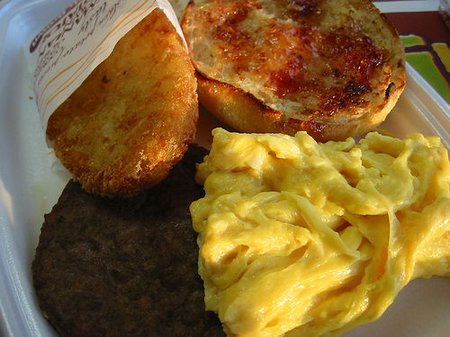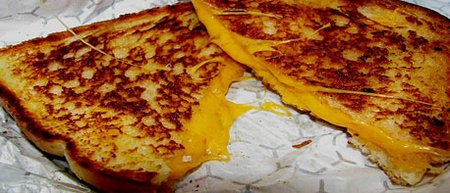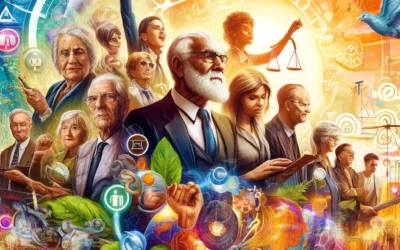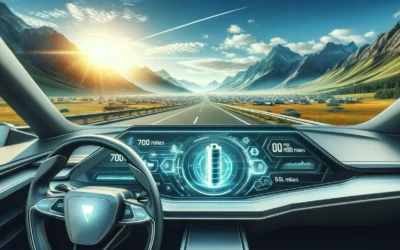McDonalds is known & often criticised for always being the same wherever you go – or at least that’s what people often think. Its not the case however. McDonalds does have some core items which are the same but it also has a wide range of items customised to the local tastebuds.
This is a quick look just at breakfasts. Time willing, I’ll follow up later with other menu items from McDonalds round the world.
Breakfasts

Here in Australia the McDonalds Big Breakfast comes with Scrambled Egg, a patty, Hash Brown & a muffin. But in the US the muffin is replaced by a biscuit (somewhat like an unsweetened scone for Aussies)
Same with the Deluxe Breakfast

In Hawaii you get rice & sausage plus something which looked surprisingly like SPAM.

In Indonesia it comes not only with Rice but friend chicken & a soup.

In Mexico you can get McMolletes – refried beans, cheese, and pico de gallo served on an English muffin.

In Vegas, the Egg McMuffin looks decidedly pre-processed

In Japan you can get it with a logo griddled on top

In Hong Kong the buns are totally different, softer & sweeter.

In the South in USA you can get fried chicken on them.

In Asia, Sausage and Egg Twisty Pasta, -Sausage, eggs, and pasta in chicken broth and greens

Bubur Ayam or “chicken porridge” – Chicken strips in porridge, with onions, ginger, and capsicum.

You can get a bagel instead of a muffin or a biscuit in the US and through Europe.

You can also get a steak one instead of sausage.

In the UK you can get a Bacon Roll – strips of bacon & ketchup on a hard roll.

Or in the US & Australia you can get a Bacon & Egg Deli Roll.

In the US you can even get a plain grilled cheese sandwich.

And none of that is even considering McCafe’s.
McDonalds may in some ways be the same the world round but there is also a lot of customisation for local tastes. Wouldn’t it be wonderful if somewhere in the world all these different specialty items came together in one place.



